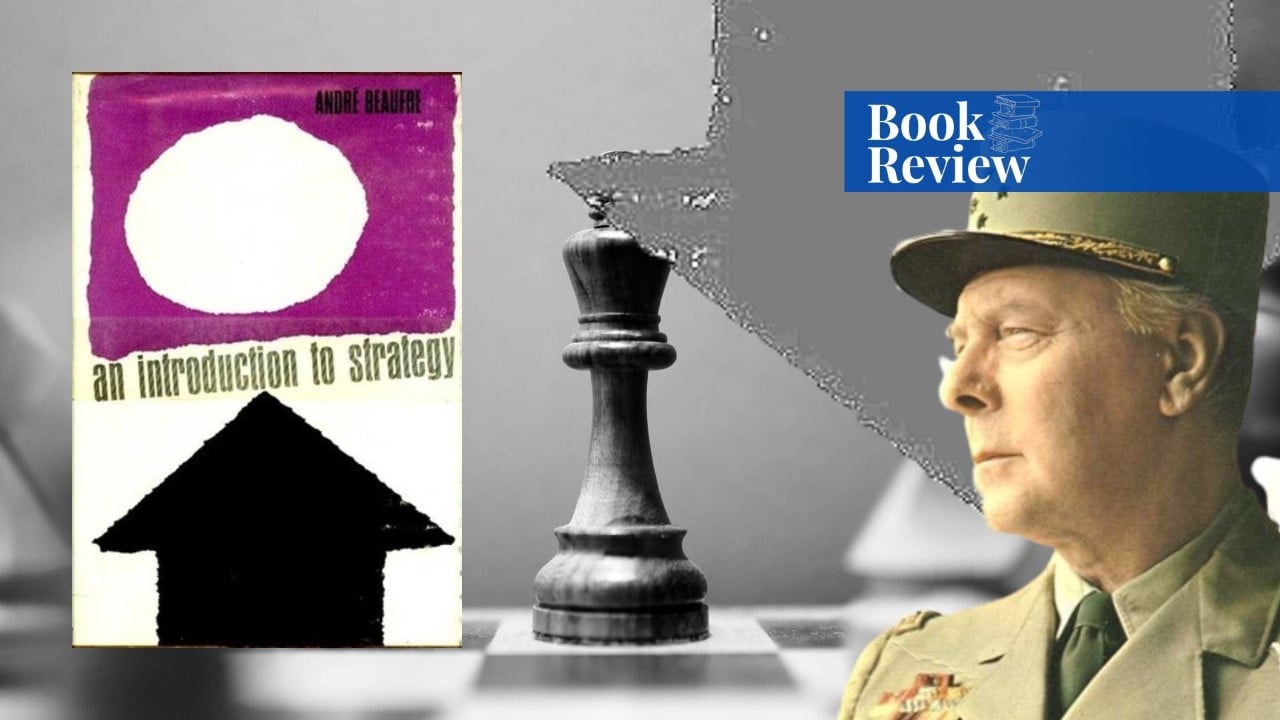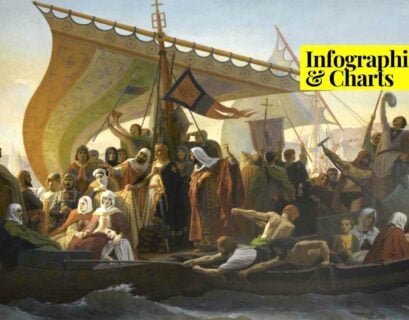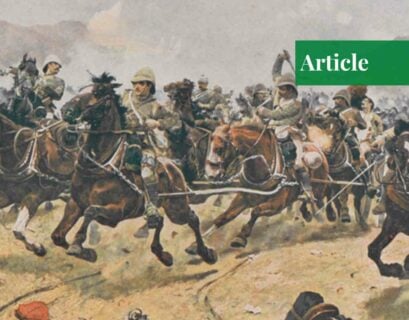Mr Muhammad Shahzad Akram is a Research Officer at the Center for International Strategic Studies (CISS), AJK. He holds an MPhil degree in International Relations from Quaid-e-Azam University, Islamabad.
Introduction
“An Introduction to Strategy” discusses the essence of strategy while highlighting the development and aims of a strategy, and the means available to strategize. It further describes the evolutionary nature of military strategy and the importance of nuclear weapons.
Strategies have been evolving rapidly and have changed even more by the cataclysm of two major wars i.e., WWI and WWII, and day-to-day events. In the age of industrialization and pragmatism, the definitions of peace and war have changed completely, which now depend on more complex and advanced techniques.
Defining Strategy
Today, strategy cannot be defined as a single doctrine; rather, it is a complex thought that is always evolving. Strategy is not merely to preserve the military; it is now a part of every action. It is about choosing the well-needed course of action. Strategy is a vast domain that can be narrated as military science, the art of war, a set of tactics, or a plan of action. The most arduous task is to produce a good strategy and execute it in a skillful manner.
In the twentieth century, strategic knowledge was an outdated science that only concerned itself with war and not with developments. At that time, material, war potential, and industry were considered superior to operational maneuver and philosophy. Many strategists consider that to be a fault of new atomic weapons, but the reality is that it is the lack of an understanding of the overall concept of strategy.
General Beaufre further describes the traditional concept of strategy, that strategy is the art of employing military forces to acquire the ends set by political philosophy. It is also manifested as the art of war, which was based previously on two factors i.e. strategy and tactics—now with a third important factor, logistics, which is defined as the science of movement and supply.
Aims & Means
Aims can be both offensive and defensive, but the major element is to consider the outcome. Strategy requires clear reasoning by determining the most suitable means. The means can be either material—nuclear bombardment—or moral i.e. propaganda or trade agreements. The strategy should be backed by one’s own capability and take account of the enemy’s vulnerable points.
The reactions (international, national, political, psychological, economic, or military) of the enemy should be calculated and necessary provisions should be made to guard against them which is known as the strategic plan. An Introduction to Society emphasizes the patterns of strategy which depend on the relative resources present to the opposing sides. If resources are inadequate then there is the use of other methods i.e. political, economic, or diplomatic.
A Strategic Plan
The best strategic plan works where the freedom of action is limited. In a strategic pyramid, the top is the total strategy in which all maneuvers are considered. After the total strategy, down the pyramid is the overall strategy in which there is an allotment and coordination of various tasks. The overall strategy is only concerned with the military field. Then comes the operation strategy where concept and implementation are interlinked.
Strategy can serve as a guideline for thought when a certain course of action is being chosen. The author critically analyses the strategic theorization by Clausewitz, who highlights the concentration of efforts, comparing the strengths with the enemy, making decisions on the battlefield, and observing the theater of operations.
There are three main coordinates of a strategic decision. The first is to govern the situation at any period, to consider time, size, and space, and to observe the morale of forces. The second is maneuvering, which means governing the given order and observing the inter-relationship of successive situations. The third component is the existence of a doctrine. It can be best done by the process of calculation, by governing factors, and by the variability of circumstances and resources.
Evolution of Military Strategy
The second chapter deals with the traditional military strategy and the evolutionary nature of the military stratagem. The traditional military strategy is all about the ability to grasp changes quicker than the enemy in the art of war. If a strategy of operations is to be developed for the land, it should be brought within the range and choosing favorable conditions, etc. This is all done by summing the total dispositions and maneuvers that are termed operations.
Operations are evolving, as the armament and types of equipment are changed according to the need. Furthermore, operations are of two types: strategic mobility (not in battle) and tactical mobility (in battle).
Nuclear Strategy
In the third chapter, the author explores the nuclear strategy, its originality, and the importance of nuclear weapons. The development of nuclear weapons has transformed the entire understanding of the use of force. The author defines the deterrent strategy that is primarily based on massive retaliation.
There are two methods to achieve a deterrent effect: one is concrete which is to face the enemy with complex forces by defending vulnerable areas through developing a shielding force i.e. tactical land, air, or naval. The other method is purely psychological by creating and maintaining a threat of retaliation.
General Beaufre also explains the term flexible response coined by General Maxwell Taylor, that for the enemy’s action, there should be an appropriate response and employment of sufficient forces to defeat them. Massive retaliation should be the last resort. By effective response, one can keep the conflict limited; a flexible response is the combination of local military action with an overall deterrent.
According to General Beaufre, a strategy can either be a deterrent strategy (threat of escalation) or a war strategy (limitation of the conflict). Both strategies have two things in common: one is uncertainty and the other is the possibility of irrational action. There are always problems like interception, survival, penetration, arms control, shields, and uncertainty.
Indirect Strategy & Area of Freedom of Action
Chapter four is regarding the indirect strategy propounded by Liddell Hart. The indirect approach is always unexpected, and it can be best manifested when the enemy is shaken, surprised, and not present in a balanced situation. Such a strategy is very beneficial for the side that is not strong enough to fight the enemy on the battlefield.
The writer also highlights the certain area of freedom of action, where conflict can be kept confined. The two important parts mentioned in this book are exterior and interior maneuvering. In an exterior maneuver, while maximum freedom of action is maintained, at the same time, one has to paralyze the enemy with deterrent checks. The interior maneuver, on the other hand, is concerned with employing maneuvers in a defined geographical area to obtain certain results. It depends on three variables—material force, time, and moral force—that all are interconnected.
Another important method of strategy is the erosion method which is to keep conflict protracted so that it becomes burdensome for the enemy. Two spheres are used in the erosion method: one is the material sphere and the other is the moral sphere.
Conclusion
An Introduction to Strategy provides comprehensive detail about the evolution and development of strategy and its components. The evolution of nuclear strategy from traditional to more advanced and complex forms has changed the meaning of war and war-related domains. Today, a strategic mindset is based more on reasoning and the thought process rather than just an imitation of the traditional tenets.
If you want to submit your articles and/or research papers, please check the Submissions page.
The views and opinions expressed in this article/paper are the author’s own and do not necessarily reflect the editorial position of Paradigm Shift.


















